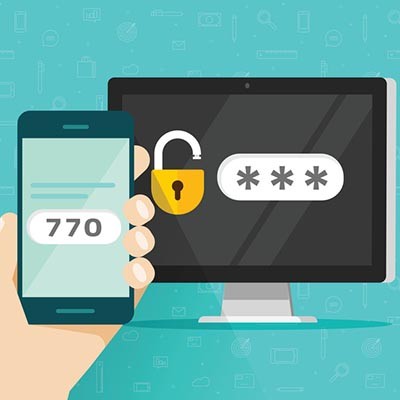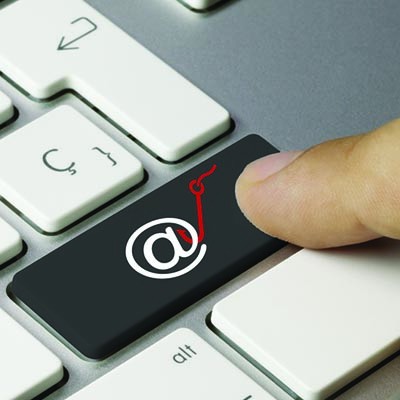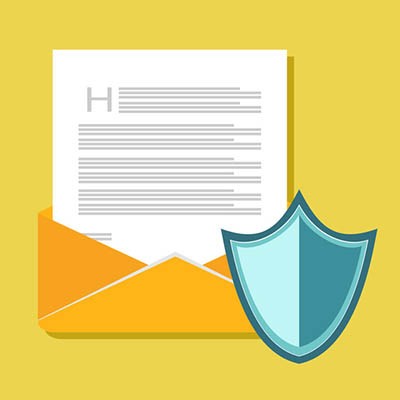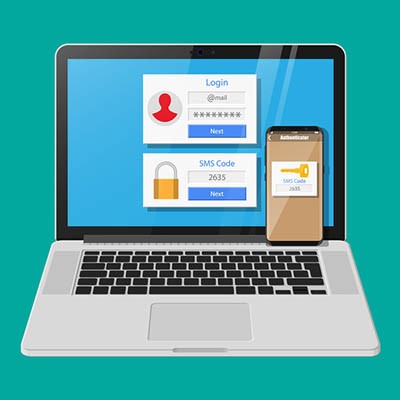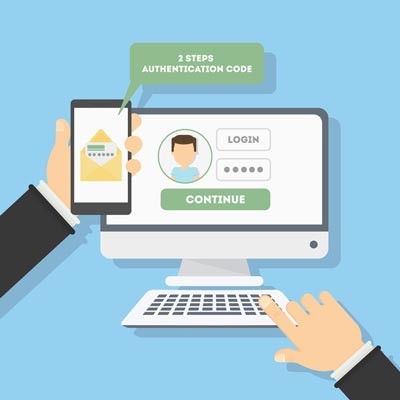Imagine a scenario where your password has been stolen by a hacker. Now your accounts are completely at the mercy of them. What do you do? Obviously you want to change the password, but are you going to learn from this mistake or let it happen again in the future? Thankfully, two-factor authentication offers a solution to this dilemma, and it’s one that you might not have considered in the past.
PCSOFT Blog
What has proven to be one of the more effective ways of preventing phishing attacks may be under fire from more advanced threats designed specifically to penetrate the defenses of two-factor authentication. This means that users need to be more cognizant of avoiding these attacks, but how can you help them make educated decisions about this? Let’s start by discussing the phishing attacks that can beat 2FA.
Due to the popularity of email in the business world, it’s an extremely popular method of attack for hackers. They can easily send countless messages to targets all over the world with the click of a mouse. Therefore, you have to take email security very seriously. The repercussions of not doing so could be swift and severe. This week’s tip is dedicated to informing your employees of email best practices for the office environment.
If you’re like its over 2.19 billion other active users, Facebook has quite a bit of your personal information stored in it, and the risks that this implies only grow if your business is also represented on the social network. If your account isn’t protected as much as it could be, you could find yourself at risk of identity theft or other crimes. This is why we recommend activating two-factor authentication on Facebook.
The password isn’t nearly as secure as it used to be. Hackers have begun to take advantage of extremely powerful solutions designed to brute force their way into accounts by using software to rapidly guess thousands of passwords per second, making it extraordinarily difficult to prepare yourself for them. What’s the best way to guarantee that passwords aren’t going to be the downfall of your company? A great start is by taking a close look at password best practices and two-factor authentication.

